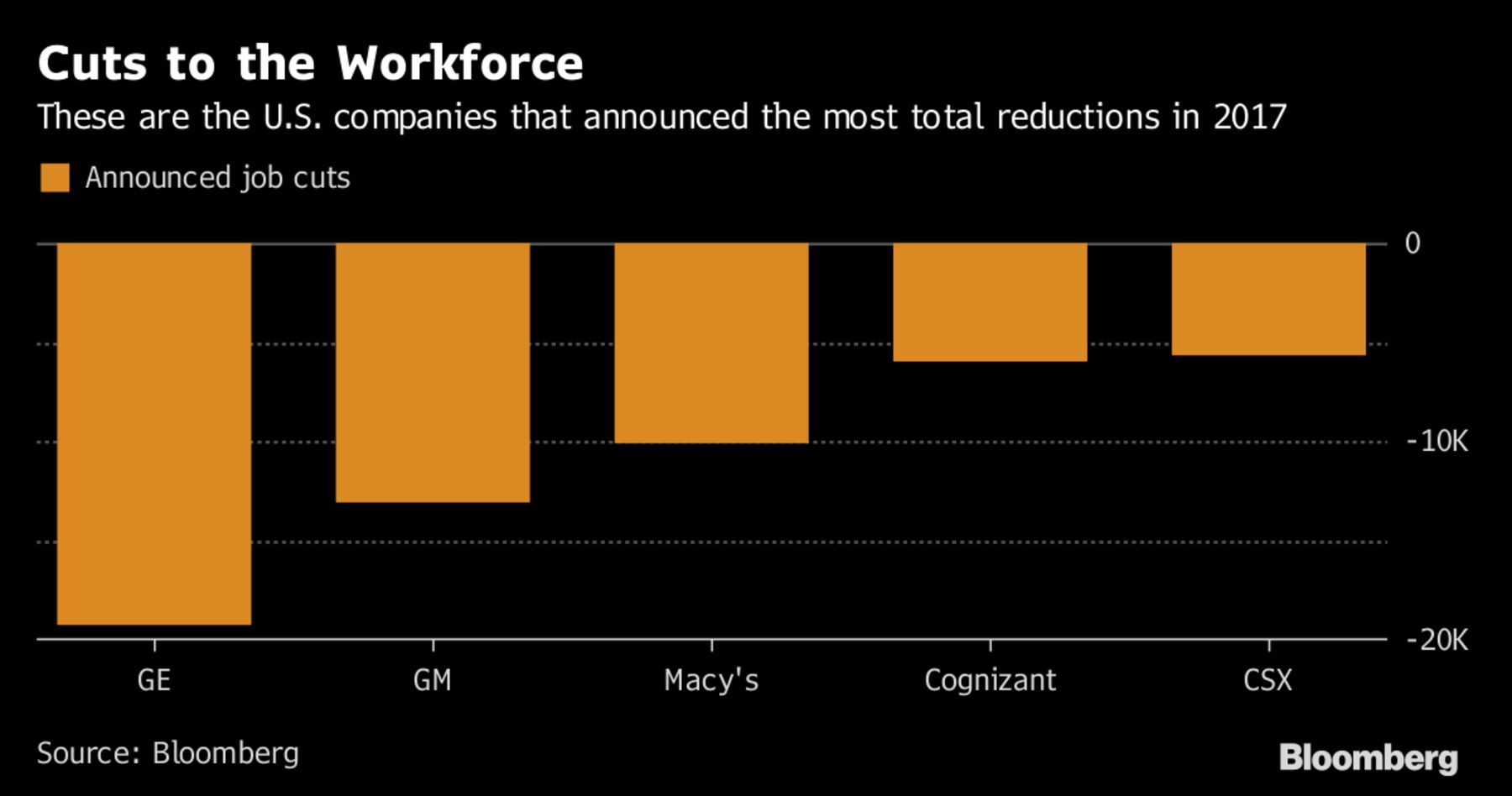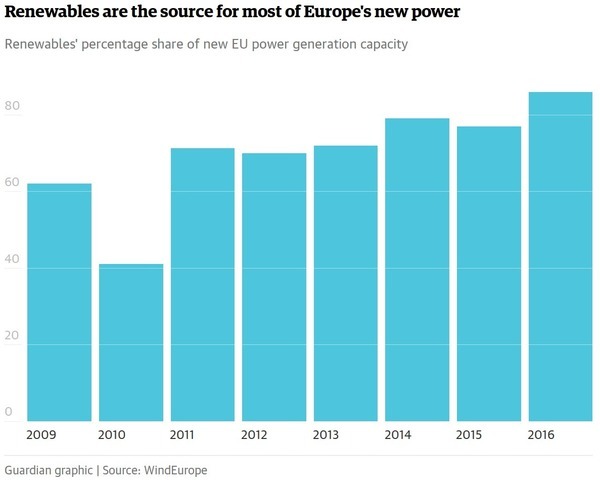The carbon bubble is bursting, as jobs fly from some of the biggest companies in the world, because solar and wind power are taking over right now. It’s too late to bet on the wrong nuclear horse or the wrong pipelnie snake. Get out of fossil fuels now: the sun is rising.
Tiffany Hsu and Clifford Krauss, New York Times, 7 December 2017, G.E. Cuts Jobs as It Navigates a Shifting Energy Market,
General Electric, whose new leadership is moving to eliminate bloat and grapple with the fallout from earlier, ill-timed decisions, is taking drastic steps to keep pace with seismic shifts in the global energy industry.

Brandon Kochkodin, Bloomberg, 7 December 2017, GE Ranks First in 2017 Downsizing After 12,000 More Job Cuts.The company said on Thursday that it would cut 12,000 jobs in its power division, reducing the size of the unit’s work force by 18 percent as part of a push to compete with international rivals in a saturated natural gas market, adjust to “softening” in the oil and gas sectors and stay abreast of the growing demand for renewable energy.
Solar and wind energy technology is increasingly being deployed Continue reading





